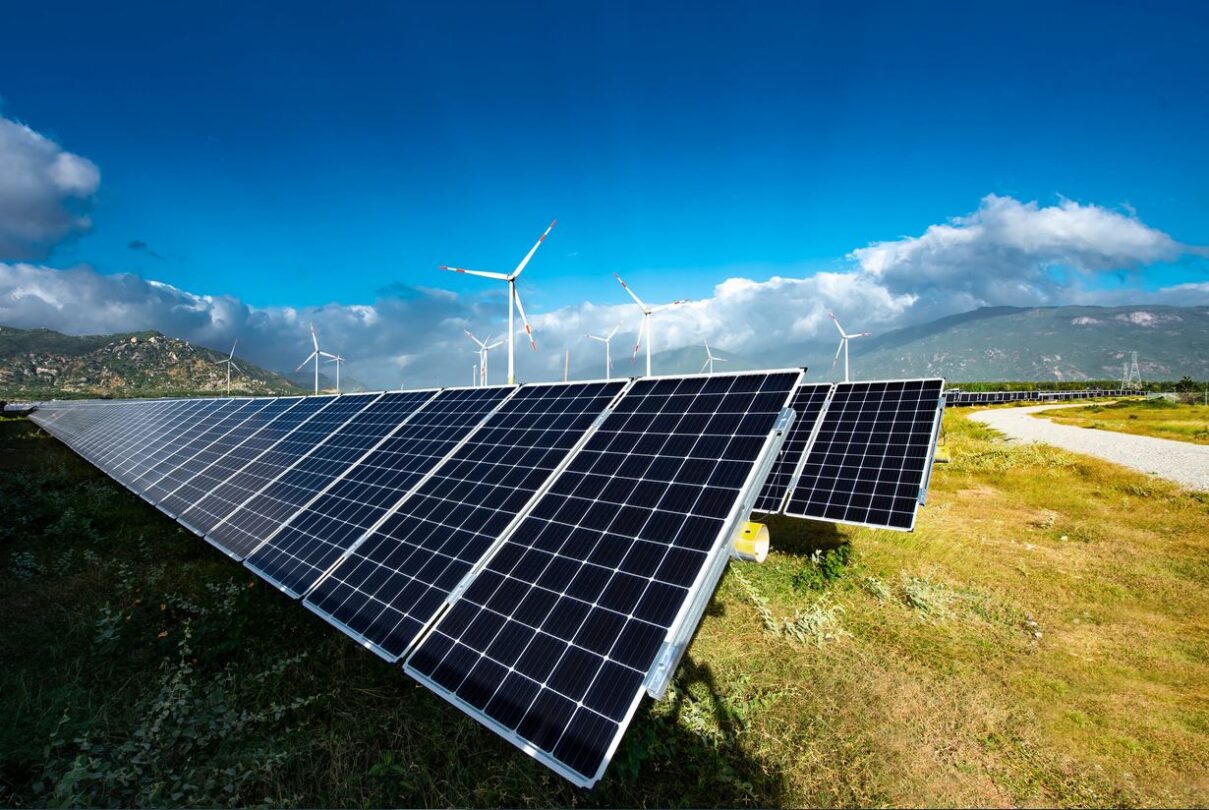
As we talk more and more about a Boundless Automation vision for the future, one term that comes up frequently is the “edge”. After all, Boundless Automation is focused on seamless movement of contextualized data from the field, through the edge, and into the cloud. Most people understand that the edge is the closest practical point to actual operations, but it can still be difficult to identify exactly how companies will use automation at the edge in their day-to-day operations.
By offering some exciting predictions in his recent article in Power magazine, Emerson’s Rick Kephart seeks to clarify what the edge can and will mean for the energy industry. Modern power operations, he explains, are increasingly complex. Companies are quickly incorporating renewables, which are creating a more dynamic set of operating conditions, market conditions, and more. Coupled with a personnel shortage, these factors make it increasingly difficult to run profitable and efficient power operations. But the edge can change all that. Rick explains,
“The world of power distribution is likely headed for more closed-loop control. The most forward-thinking utilities are already exploring how they can incorporate closed-loop operation by considering ways to build more distributed control into their networks through expanded edge control. The journey is just beginning, but it provides a glimpse into a very exciting future.”
A shift from centralization
When power was more predictable, operations were more centralized. Historically, load changes happened in very predictable patterns—changing daily with lifestyle schedules and monthly or quarterly with the seasons. Today, however, the world has introduced distributed energy resources (DERs) to the grid. Many of these DERs are solar arrays, but they can also be things like electric vehicles on the grid. As Rick explains, these new assets create new dynamics of operation,
“Not only does generation from those assets, and their associated load on the network, change day to day, it can even change hour to hour. This increased dynamism presents unique control challenges that are difficult to solve through traditional operation.”
If all of an organization’s control happens manually from a centralized location, companies will need lots of people to run their control centers—reacting to the effects of changes and adjusting setpoints and balancing loads—as connections to equipment in the field expand exponentially. Unfortunately, experienced operators are becoming more difficult to find with each passing year. Some of this shift can be offset with training, but not always. Training operators takes years, and workers are much more mobile than ever before. Often, companies put a lot of resources into training an expert just to have them depart in only two or three years.
To combat this complexity, many organizations are exploring increased control at the edge. Rick explains,
“Grid edge controllers expand control options beyond the control center and into the field, where equipment like voltage control systems, breakers, DERs on the grid, or even EV chargers must be monitored and controlled. The most powerful solutions will likely reside in substations, or even on the DERs themselves, in the former case interfacing with the central distribution control facility, and in the latter case to a controller in a substation.”
This doesn’t spell the end of the central control facility. On the contrary, for the foreseeable future, all of the control functions performed at the edge will all still be supervised by the central facility. Nonetheless, they will still offer faster reaction to dynamic conditions in the field.
See everything more clearly
One of the key benefits of moving some control to grid edge devices, Rick explains, is increased visibility. Instead of just receiving raw data from substations, teams could receive aggregated data, potentially with early analytics already applied. Such visibility, Rick shares, would allow for much more granular control,
“The net effect would be much better visibility into what is happening on the distribution grid, improved ability to control the many connected devices, and much faster speed of reaction.”
Power generation is changing quickly and the coming years—and potentially decades—will be no different. The organizations that win the future of power generation will be those that begin pilot programs for more efficient, productive control strategies today. As Rick’s full article details, grid edge technologies are a great place to start!

